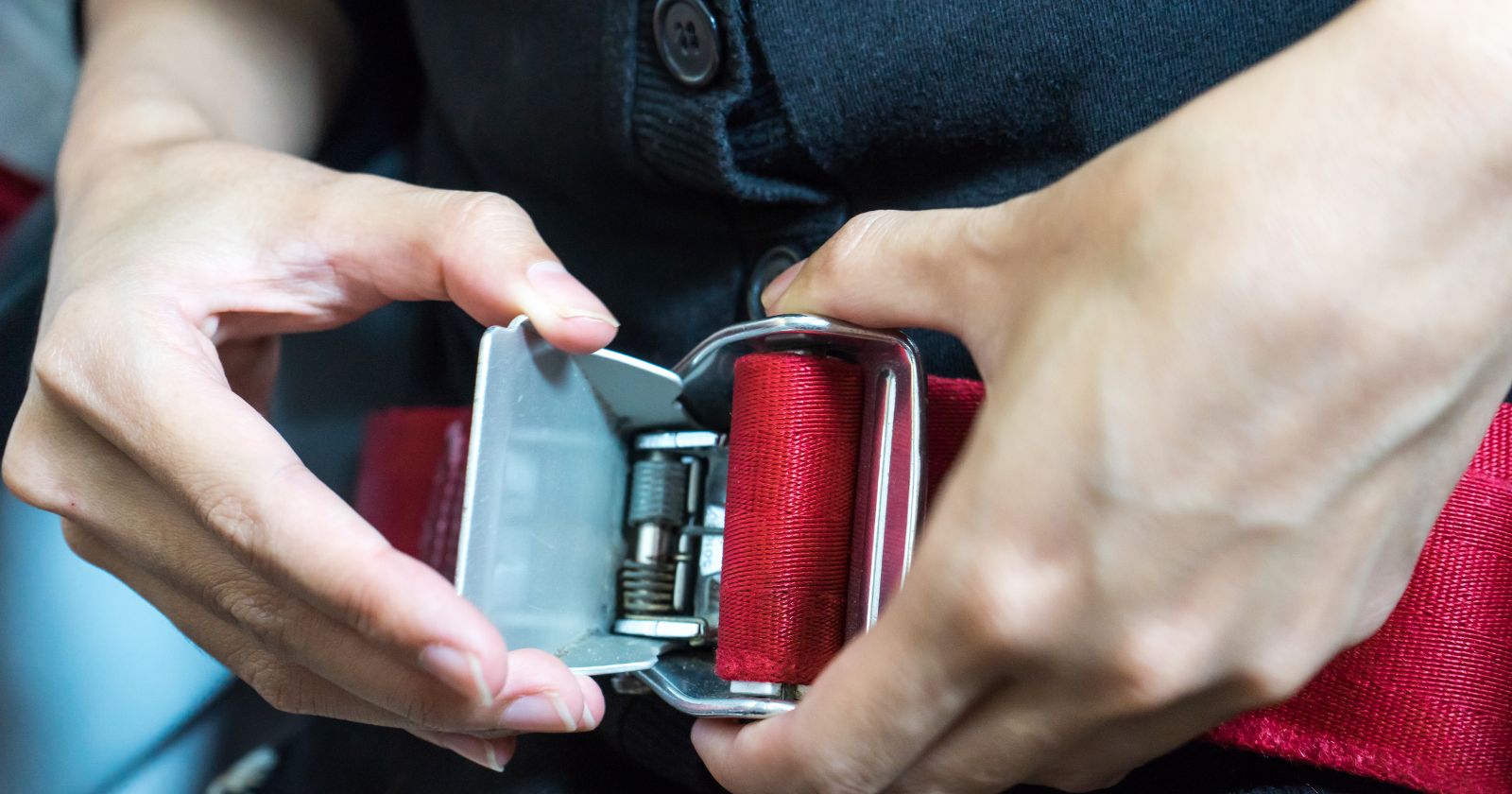
Air Pockets in Airplanes
What Are They and What Do They Have to Do with Turbulence?
Have you ever experienced turbulence or an air pocket while you were in an airplane? It can be scary, but it’s important to remember that they are a normal part of flying. Airplanes are designed to withstand turbulence and air pockets safely.
What is an air pocket?
An air pocket, also known as clear-air turbulence (CAT), is an area of rapidly changing air pressure that can cause sudden and violent movements of an aircraft. They are often invisible to the naked eye, and can occur at any altitude, but are most common in the troposphere, the lowest layer of Earth’s atmosphere.
What causes air pockets?
Air pockets are caused by a variety of factors, including:
- Warm and cold air masses colliding. When warm air rises and meets cold air, it can create a pocket of unstable air that can cause turbulence.
- Mountains and other terrain features. The presence of mountains and other terrain features can also cause air pockets, as the air is forced to move around these obstacles.
- Jet streams. Jet streams are fast-moving bands of air that can cause turbulence when they interact with other air masses.
What is turbulence?
Turbulence is the disturbance of the airflow around an aircraft. It can be caused by a variety of factors, including air pockets, jet streams, and thunderstorms. Turbulence can range from mild to severe, and can be felt as a sudden bump or a violent shaking of the aircraft.
Is turbulence dangerous?
In most cases, turbulence is not dangerous. However, severe turbulence can cause injuries to passengers and crew. If you experience severe turbulence, it is important to stay seated and belted in.
Is this the largest air pocket ever recorded?
In 2017, a group of unsuspecting tourists boarded an AirAsia flight from Perth, Australia to the Indonesian island of Bali. Shortly after takeoff, the plane suddenly dropped 7 kilometers.
At an altitude of over 10 kilometers, the aircraft entered an air pocket and made a rapid descent to an altitude of 3 kilometers. The cabin pressure dropped, and the crew asked the 145 passengers to immediately put on their oxygen masks and sit in a crouching position.
Even after such a huge air pocket, the pilot managed to land the plane safely. The incident was investigated by the local authorities, but no official explanation was ever given for what happened.
However, the incident is an example of how dangerous air pocket formation can be. Air pocket formation is a sudden change in air pressure that can be caused by a number of factors, such as thunderstorms, volcanic activity, and sea level rise. Air pocket formation can lead to severe turbulence, which can force planes to climb or descend, and even crash.
What can I do to stay safe during turbulence?
- Stay seated with your seatbelt fastened.
- Avoid moving around the cabin.
- Hold onto your belongings.
- If you are feeling sick, inform a flight attendant.
How can pilots avoid air pockets and turbulence?
Pilots use a variety of tools to monitor the weather and identify areas of potential turbulence. They can also change course to avoid turbulence.
What should I do if I experience turbulence?
If you experience turbulence, stay calm and follow the instructions of the flight crew. If you are feeling sick, inform a flight attendant.
Claim your money with EUclaim
Save yourself the hassle of contacting airlines for your compensation. Let us do the hard work for you. EUclaim was founded in 2007 and has helped nearly 700,000 passengers successfully claim compensation.
Click below to check if your cancelled or delayed flight is eligible for financial compensation (up to €600).

Written by Jerrymie
Jerrymie Marcus got in touch with EUclaim due to a 4-hour delay. Through EUclaim, the marketing specialist received €600 in compensation.
More about Jerrymie